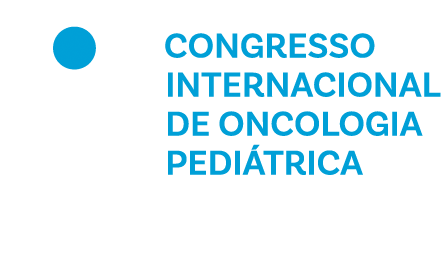Dados do Trabalho
Título
Medulloblastoma in children less than five years old: A prospective analysis of outcome with intensive myeloablative chemotherapy and autologous bone marrow transplant.
Resumo
Introduction: Medulloblastoma (MB) is the most common malignant brain tumor in children less than three-five years. Histological variants consist of classic, MB with extensive nodularity (MBEN), desmoplastic/nodular (MBDN), large-cell/anaplastic and are staged based on extent of resection, dissemination and more recently, molecular stratification. Objective: To evaluate the outcome of children less then 5 years of age treated with intensive myeloablative chemotherapy and autologous bone marrow transplant (IMC/ABMT). Methods: A prospective study performed between 2016-2019. Twenty patients were treated according to a modified Head Start backbone (HS) protocol followed by ABMT. Radiogenomics/ Immunohistochemical correlation was used to stratify into molecular subgroups: MB with wingless (WNT) activation, sonic hedgehog (SHH) activation and non-WNT/non-SHH MB. Results: Mean age 2.6 years (1.5-4.8y), 12 males. Mean time to initial symptoms to diagnosis was 3.9 months (0.2-12months). Sixteen had complete resection, thirteen no metastasis. Fourteen were classified as MB-SHH, four with P53 protein >50% and six as non-WNT/non-SHH. All patients proceeded to ABMT after 3-5 cycles of modified HS. The Progression-free survival (PFS) and overall survival (OS) across the entire cohort was 46.2% and 72% at a median follow-up of 27.5 months. According to histology, PFS and OS for MBDN was 68.6% and 90%, for classic-MB 35% and 67.5%, respectively. Two MBDN patients relapsed, both with M+ disease and radiogenomics/ immunohistochemical correlation with SHH-activation and possible Tp53 mutation (p53>50%); One patient died without disease due to Coronavirus + and meningitis four months after ABMT. Among relapsed classic-MB, one had M+ disease and SHH characteristics and the other three were classified as non-WNT/non-SHH: two also had M+, one with MYCC+ on histology. Both MBDN and two/four relapsed classic-MB are alive after salvage therapy with craniospinal irradiation. Thirteen patients (65%) are alive without RT. Conclusion: We report the outcome of children with medulloblastoma less than 5 years of age, treated with IMC/ABMT, showing a very acceptable outcome despite difficulties in referral and in performing properly the molecular evaluation on a routine basis.
Área
Neuro-oncologia
Autores
Natália Dassi, Andrea M Cappellano, Victor G Zecchin, Renata Guimarães, Adriana Seber, Daniela B Almeida, Maria Teresa Seixas, Sergio Cavalheiro, Patricia A Dastoli, Marcos D Costa, Jardel M Nicacio, Frederico A Silva, Nasjla S Silva

 Português
Português English
English